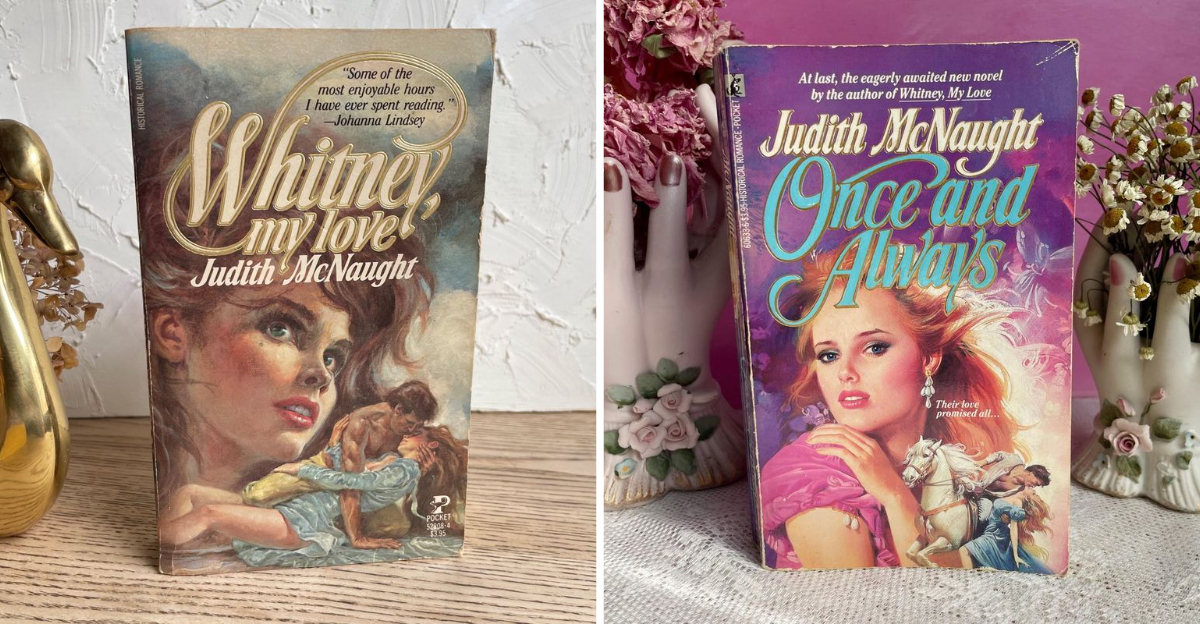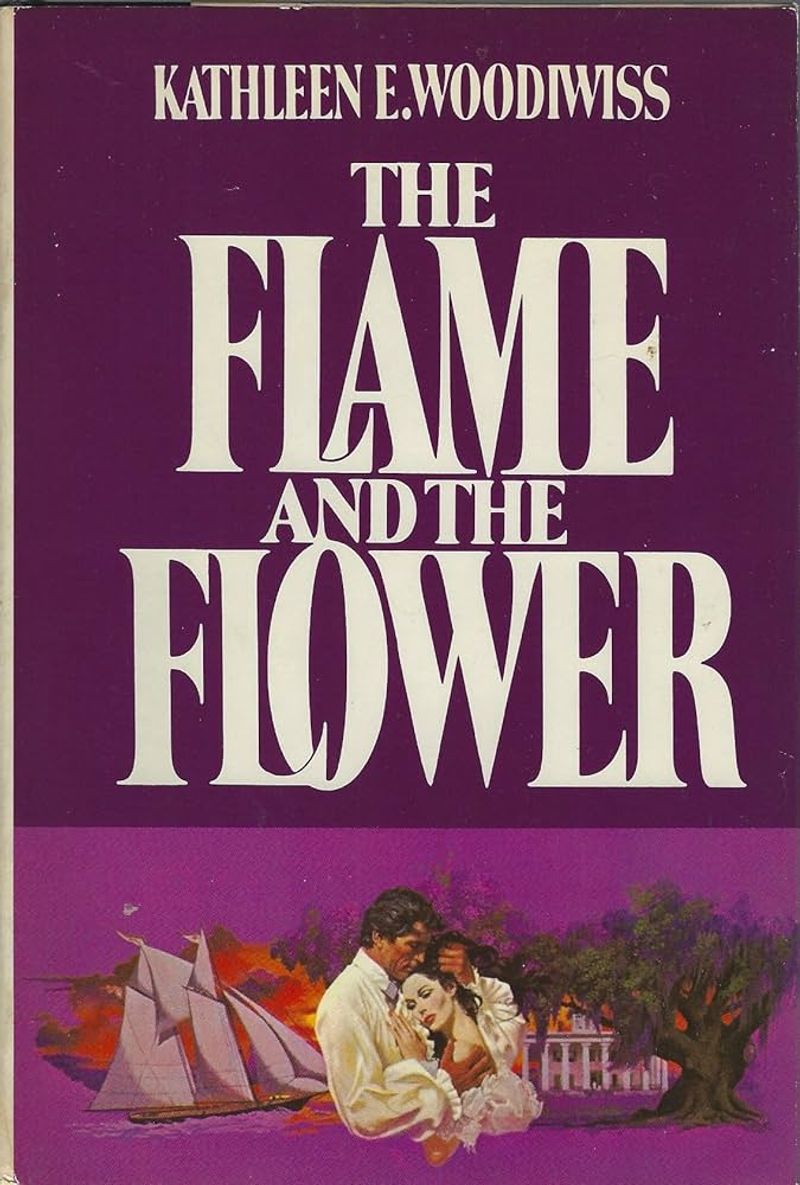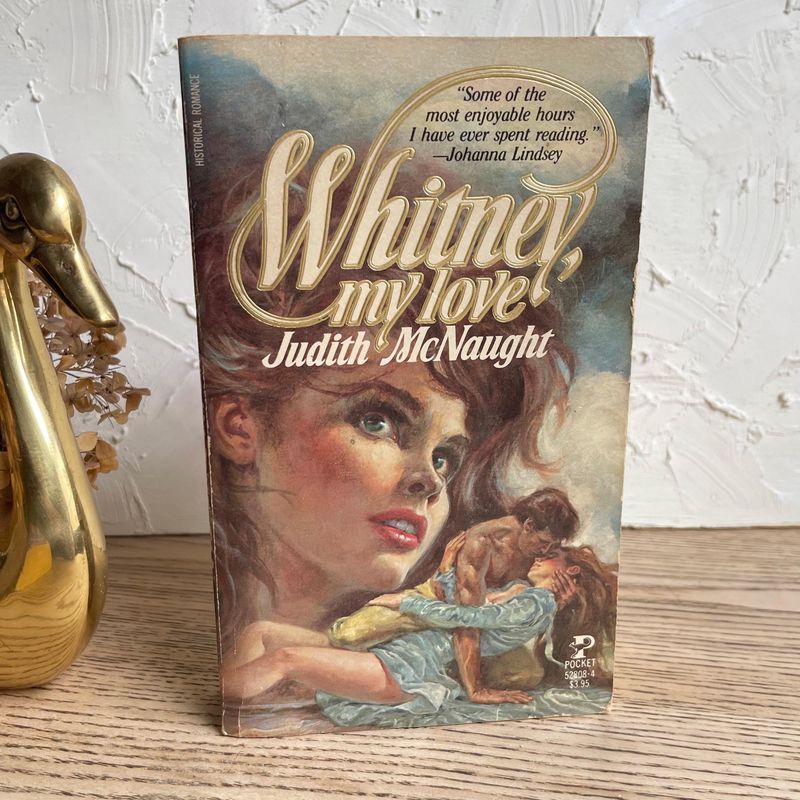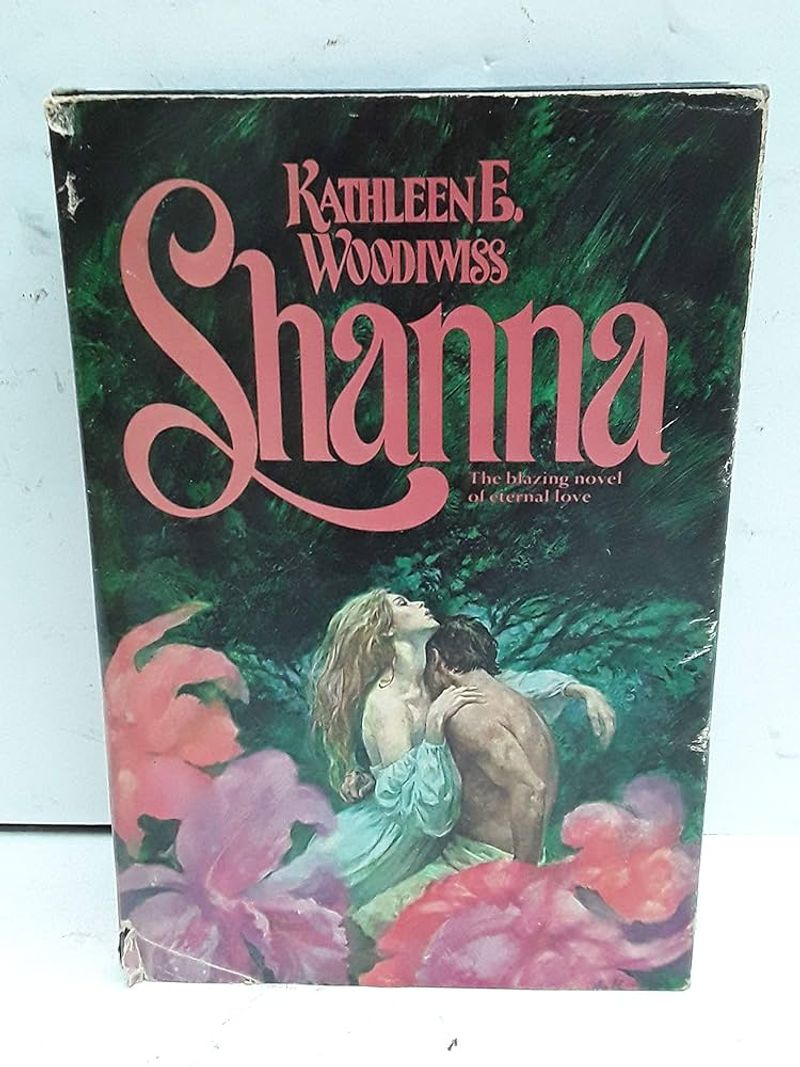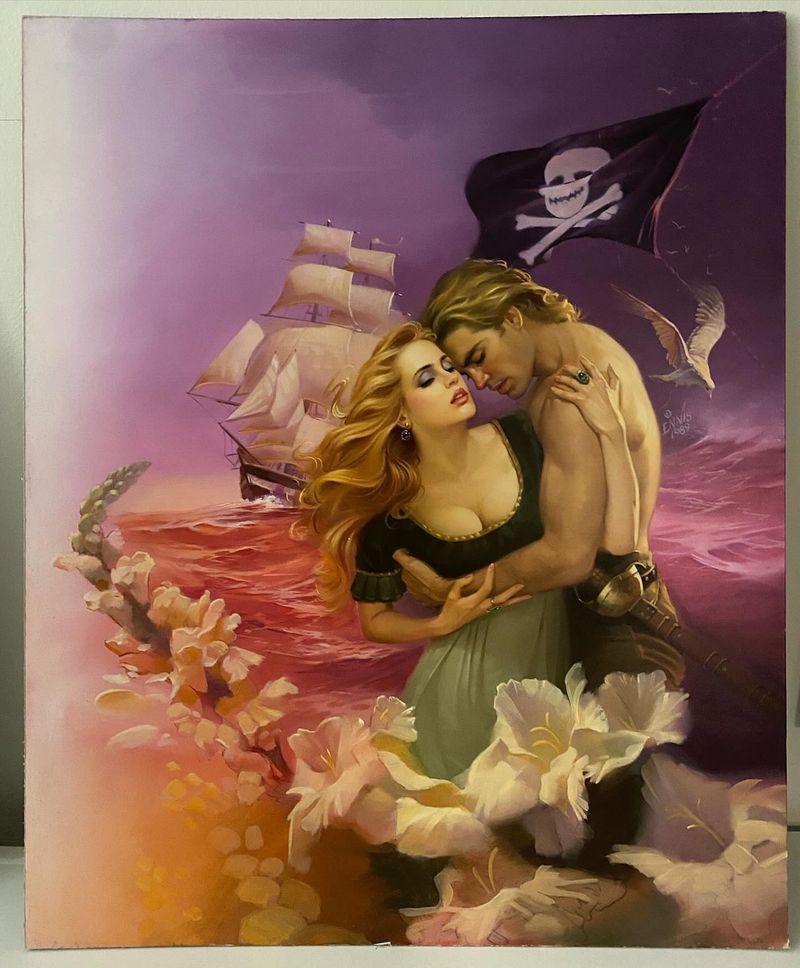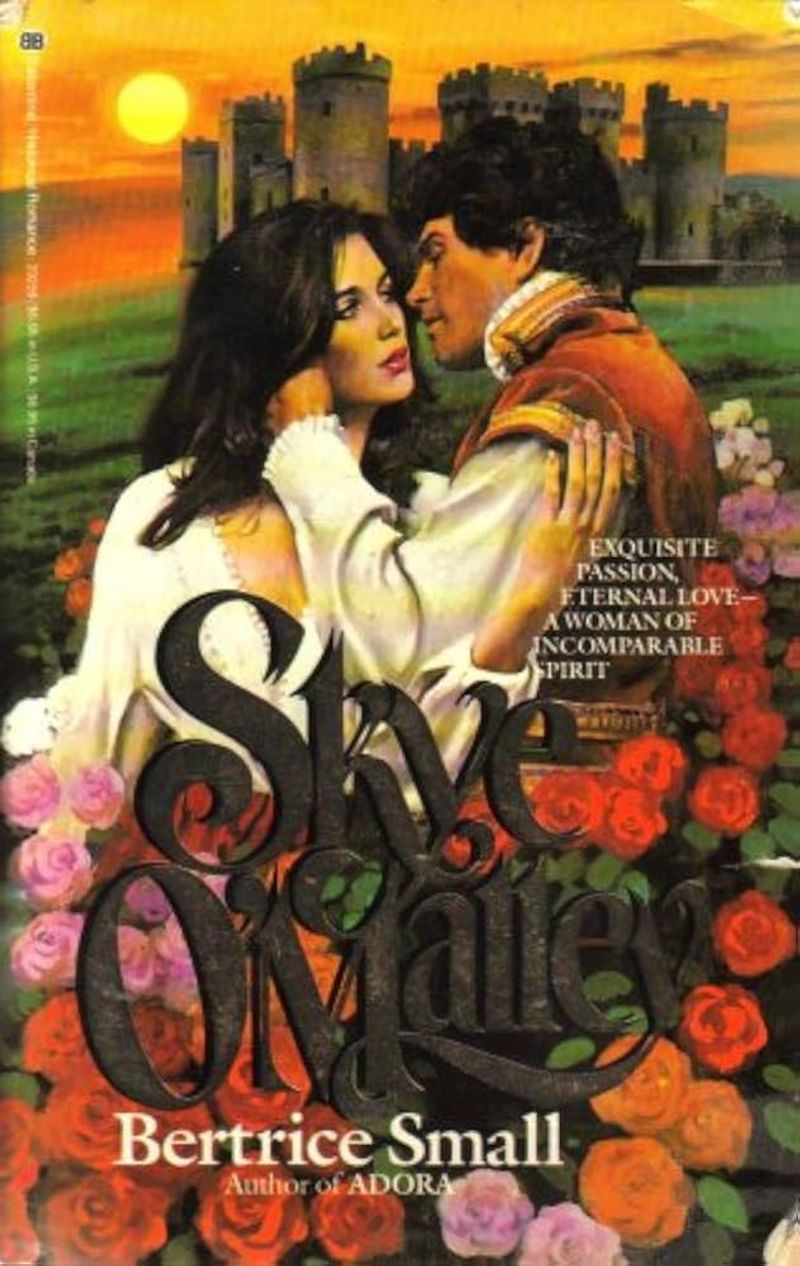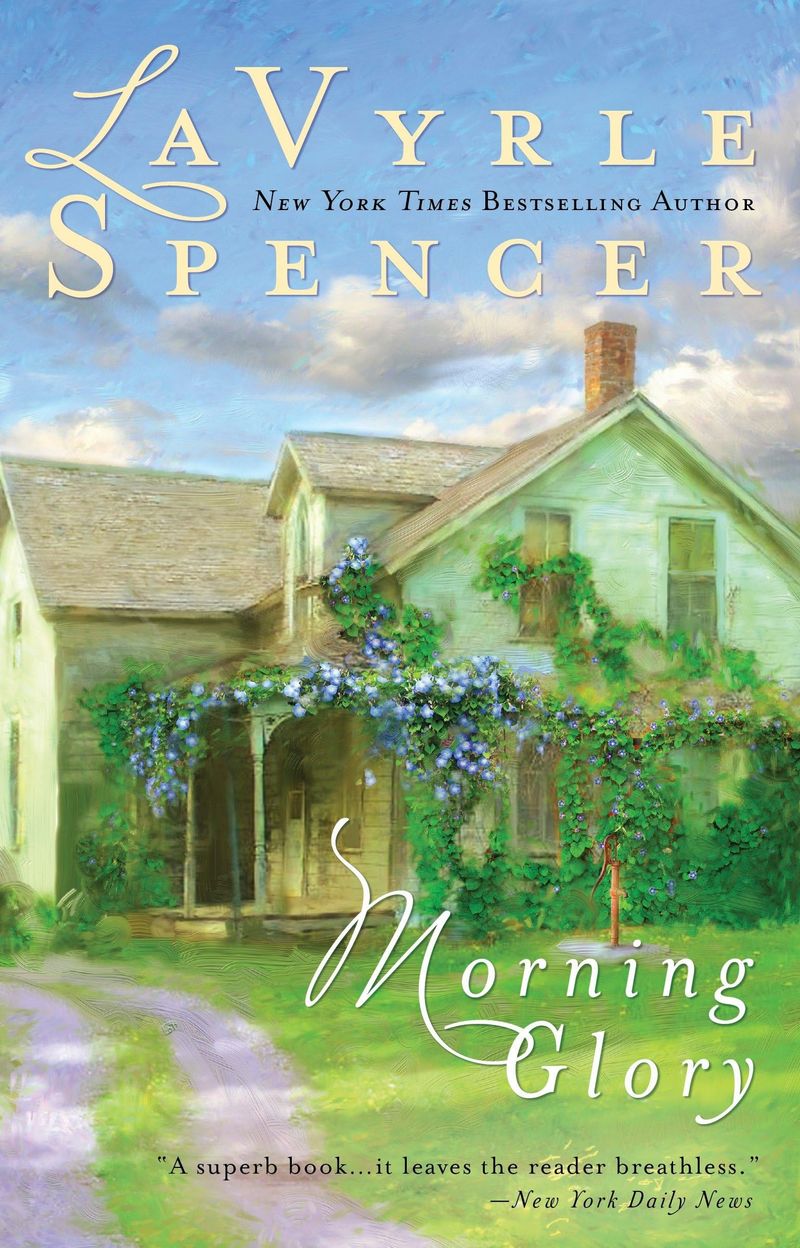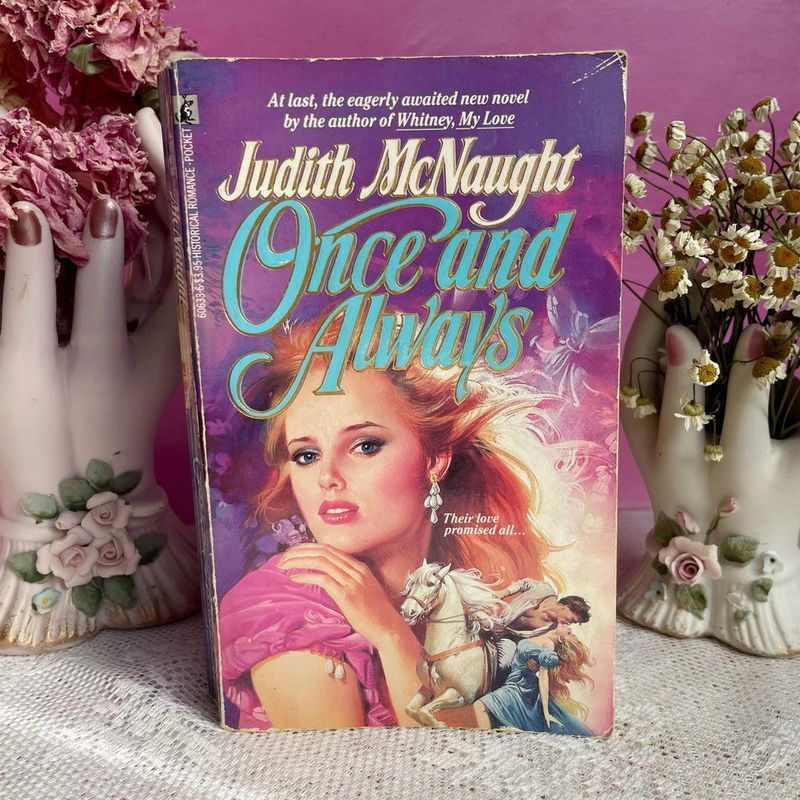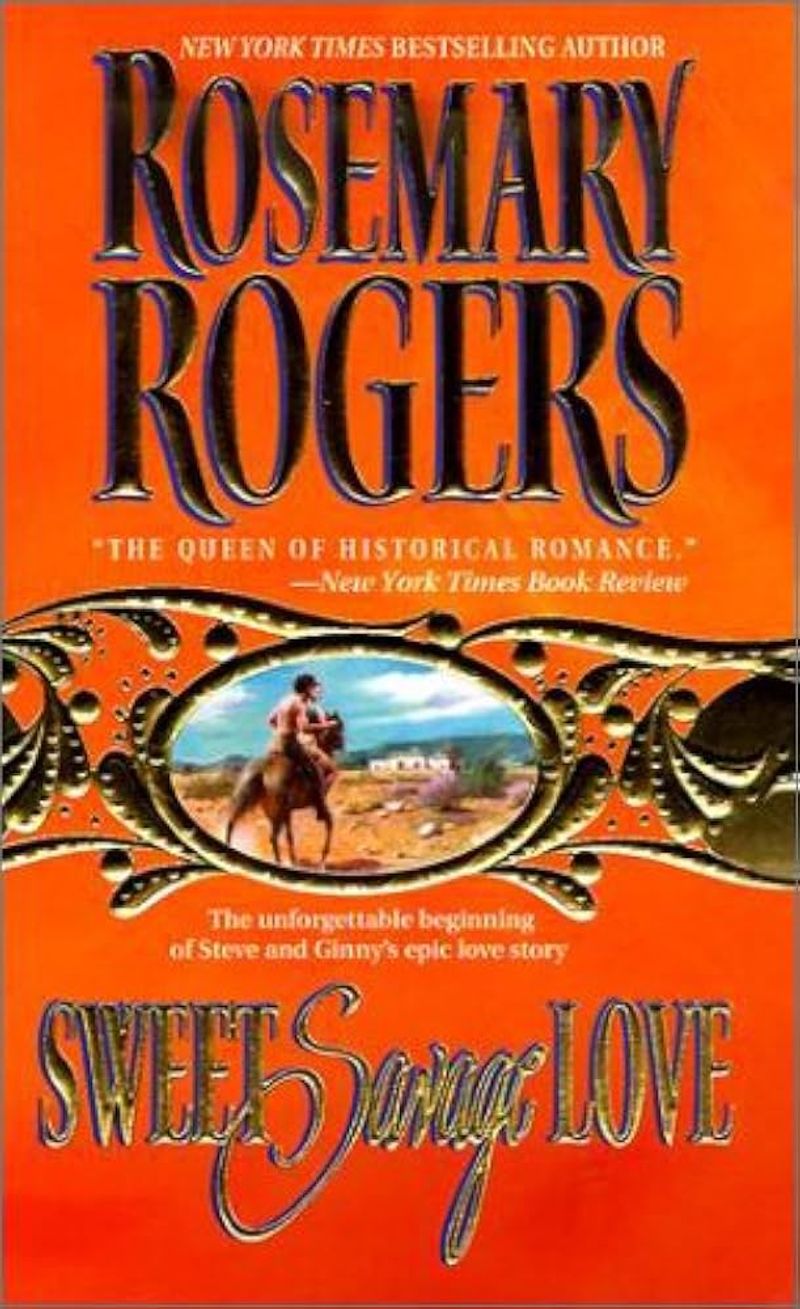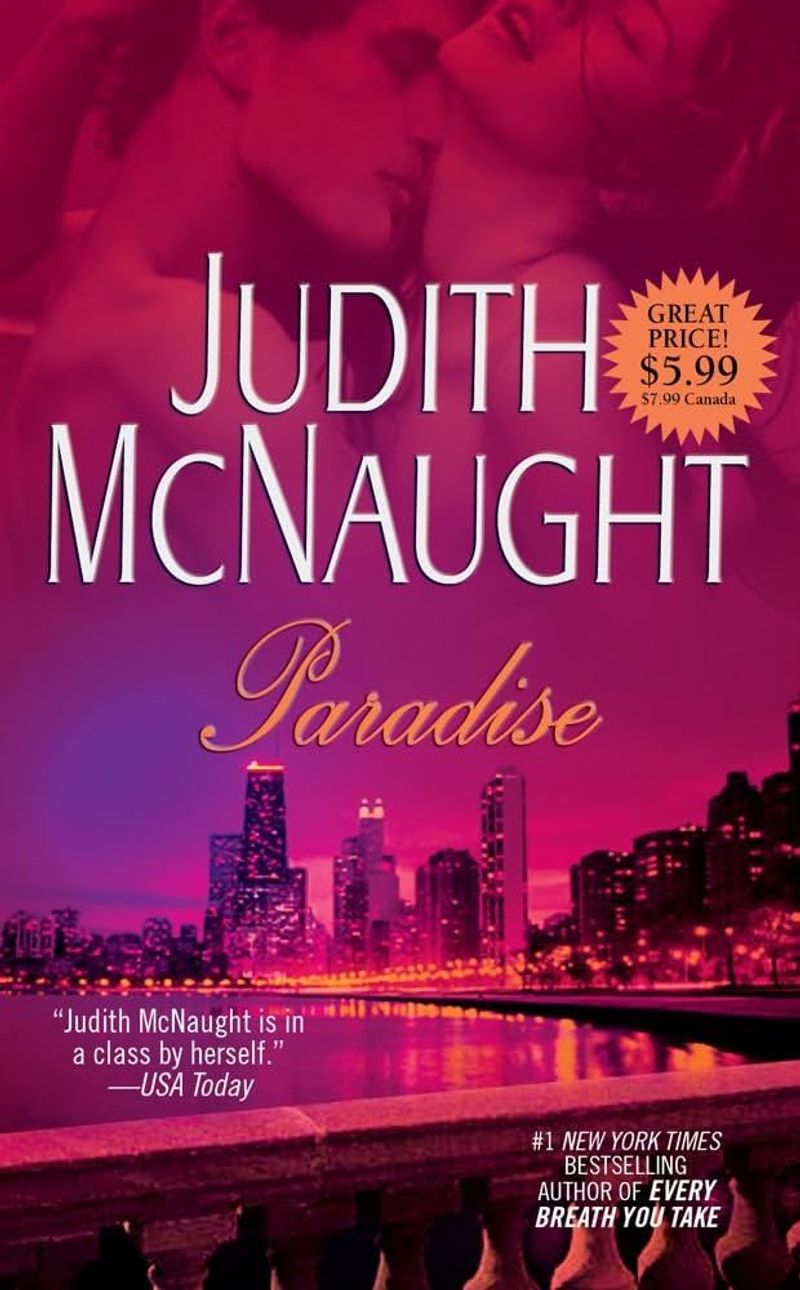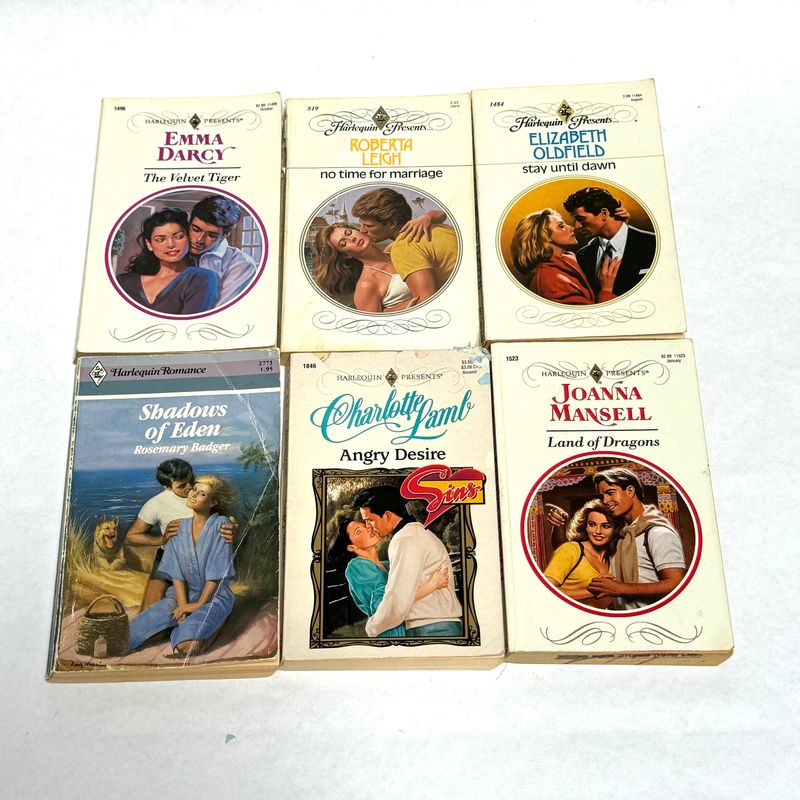The 1980s marked a revolutionary era for romance fiction. Glossy covers featuring passionate embraces and dramatic scenes beckoned readers from every newsstand and grocery checkout. These weren’t just books—they were gateways to worlds of passion, adventure, and emotional intensity that defined an entire generation’s view of love. From historical epics to contemporary tales, these ten novels shaped the landscape of romance literature for decades to come.
1. The Flame and the Flower by Kathleen E. Woodiwiss
Originally published in 1972, this groundbreaking novel experienced a massive resurgence throughout the ’80s with multiple reprints featuring those unmistakable clinch covers. Woodiwiss essentially invented the modern historical romance formula with this tale of kidnapped Heather Simmons and sea captain Brandon Birmingham. Their turbulent relationship unfolded across lush settings from England to Charleston, capturing readers with unprecedented levels of sensuality and emotional depth. Unlike previous romance novels, Woodiwiss didn’t close the bedroom door on intimate scenes. The book’s phenomenal success convinced publishers that women wanted longer, more explicit romances with strong heroines who eventually tamed their alpha males. Every romance writer working today owes something to this revolutionary bestseller.
2. Whitney, My Love by Judith McNaught
McNaught’s 1985 masterpiece transformed the historical romance landscape with its emotionally raw storytelling and controversial relationship dynamics. The tempestuous love story between headstrong Whitney Stone and the aristocratic Duke of Claymore captivated readers with its intensity and psychological complexity. Set in Regency England, the novel broke conventions by delving into darker emotional territory than most romances dared. McNaught crafted characters with genuine flaws and painful misunderstandings that felt achingly real. The book sparked heated debates among readers for its unflinching portrayal of power dynamics between the couple. Despite—or perhaps because of—its controversial elements, Whitney, My Love became the gold standard for emotionally intense historical romance, inspiring countless imitators throughout the late ’80s and beyond.
3. Shanna by Kathleen E. Woodiwiss
Though first published in 1977, this swashbuckling tale remained a staple on ’80s newsstands with its irresistible blend of adventure, sensuality, and fiery banter. Headstrong heiress Shanna Trahern’s scheme to marry condemned prisoner Ruark Beauchamp to satisfy her father’s marriage demands—only to abandon him to his fate—backfires spectacularly when he survives and follows her to her Caribbean plantation. Woodiwiss crafted an epic filled with lush tropical settings, pirates, court intrigue, and smoldering tension between its protagonists. The novel’s elaborate plot twists and turns kept readers frantically turning pages. Shanna’s lasting popularity throughout the ’80s cemented Woodiwiss’s reputation as the undisputed queen of historical romance. Its influence on the genre remains evident in countless tropical plantation and marriage-of-convenience romances published since.
4. The Windflower by Laura London
This 1984 cult classic (written by husband-and-wife team Sharon and Tom Curtis under a pseudonym) combined pirate adventure with unexpected literary depth. Innocent young American Merry Wilding finds herself kidnapped by pirates, including the dangerous and magnetic Devon Crandall, during the Napoleonic Wars. What set this novel apart was its lyrical prose and remarkable character development. Beyond the central romance, readers fell in love with the entire cast of supporting characters—especially the young pirate Cat, who became one of romance’s most beloved secondary characters. The Windflower achieved something rare: critical respect alongside commercial success. Its limited reprints during the ’80s made it something of a treasure hunt for romance readers, who passed dog-eared copies among friends. Modern romance authors still cite it as a formative influence on their writing.
5. Skye O’Malley by Bertrice Small
Small’s 1980 bodice-ripper pushed every boundary with its sexually adventurous heroine and globe-trotting plot. Raven-haired Irish beauty Skye navigates sixteenth-century politics, survives multiple marriages, encounters pirates, and even becomes a pirate queen herself in this sprawling saga that had readers gasping at its explicit content. Unlike many romance heroines of the era, Skye wasn’t just responding to men’s desires—she had plenty of her own. The novel’s historical settings ranged from Ireland to North Africa to Queen Elizabeth’s court, providing exotic backdrops for Skye’s adventures. Small helped pioneer the “hot historical” subgenre that dominated ’80s romance, where heroines experienced passion with multiple partners before finding true love. The novel’s success launched a series that continued throughout the decade, with fans eagerly following Skye’s descendants through equally dramatic romances.
6. Morning Glory by LaVyrle Spencer
Spencer’s 1989 masterpiece represented the evolution of romance as the decade closed, moving away from aristocrats and pirates toward emotionally authentic stories about ordinary people. Set in 1940s Georgia, the novel pairs pregnant widow Elly Dinsmore with Will Parker, an ex-convict desperate for work and human connection. The novel tackled real issues—poverty, prejudice, and painful pasts—with remarkable sensitivity and warmth. Spencer crafted characters so vivid and vulnerable that readers felt they knew them personally. Morning Glory’s success signaled the genre’s shift toward more realistic, emotionally grounded storytelling. Spencer’s elegant prose elevated romance in critics’ eyes, helping the genre gain literary respect. The novel won the RITA Award for Best Historical Romance and remains a touchstone for writers seeking to balance authentic emotional depth with satisfying romantic fantasy.
7. Once and Always by Judith McNaught
McNaught’s 1987 Regency romance cemented her status as the queen of emotionally intense historical romance. American orphan Victoria Seaton travels to England to meet her aristocratic relatives and clashes spectacularly with the sardonic, wounded Jason Fielding, Marquess of Wakefield. The novel perfected the “innocent heroine melts icy hero” trope that became a romance staple. Victoria’s sunny American optimism gradually breaks through Jason’s cynical British reserve, healing childhood wounds neither knew they carried. McNaught excelled at creating emotionally charged scenes where misunderstandings led to heart-wrenching separations before the eventual reconciliation. Readers devoured the novel’s blend of fish-out-of-water comedy, aristocratic glamour, and emotional catharsis. Its phenomenal success inspired countless Regency romances featuring American heroines who shake up British society with their refreshing directness and emotional honesty.
8. Sweet Savage Love by Rosemary Rogers
Though originally published in 1974, this revolutionary novel remained an ’80s newsstand fixture through multiple reprints with updated covers. Rogers’ sprawling epic follows aristocratic Ginny Brandon and mercenary Steve Morgan through the Mexican-American War in a relationship as volatile as the political landscape they navigate. The novel shocked and enthralled readers with its explicit sexuality and controversial power dynamics. Unlike earlier romance novels where heroes were ultimately gentle, Steve remained dangerous and unpredictable throughout, creating a tension that kept readers riveted. Sweet Savage Love essentially created the “bodice ripper” subgenre that dominated ’80s romance. Its commercial success—over 10 million copies sold—proved readers wanted grittier, more explicit historical adventures. The novel’s influence remains visible in contemporary dark romances that explore complex power dynamics between flawed, morally ambiguous characters.
9. Paradise by Judith McNaught
McNaught’s 1991 contemporary romance (which gained momentum in the late ’80s through pre-release buzz) proved historical romance queens could conquer modern settings too. Corporate executive Matthew Farrell and department store heiress Meredith Bancroft’s second-chance romance captivated readers with its emotional intensity and glamorous corporate settings. The novel balanced boardroom power plays with raw emotional vulnerability. McNaught crafted scenes of such emotional intimacy that readers felt physically present during the characters’ confrontations and reconciliations. Paradise represented the evolution of romance into the corporate world, reflecting women’s changing roles in the workforce. Its massive success helped establish contemporary romance as a powerhouse subgenre heading into the ’90s. The novel’s perfect balance of emotional angst, steamy reconciliation, and satisfying resolution created a template for contemporary romances that continues to influence the genre today.
10. Harlequin Presents & Silhouette Desire Series
No discussion of ’80s romance is complete without acknowledging these category romance powerhouses that dominated spinner racks everywhere. These pocket-sized monthly releases featured wealthy Greek tycoons, sheikh princes, and corporate raiders who fell helplessly in love with secretaries, nurses, and innocent virgins. Authors like Penny Jordan, Charlotte Lamb, and Diana Palmer became household names through these series. The books followed reliable formulas—exotic settings, dramatic misunderstandings, and passionate reconciliations—all wrapped up in approximately 180 pages. These series democratized romance, making it affordable and accessible to readers everywhere. Their compact format allowed women to slip them into purses for discreet reading anywhere. The phenomenal success of these category romances—with millions sold monthly—proved that readers craved romantic fantasy regardless of literary trends or critical opinions.
